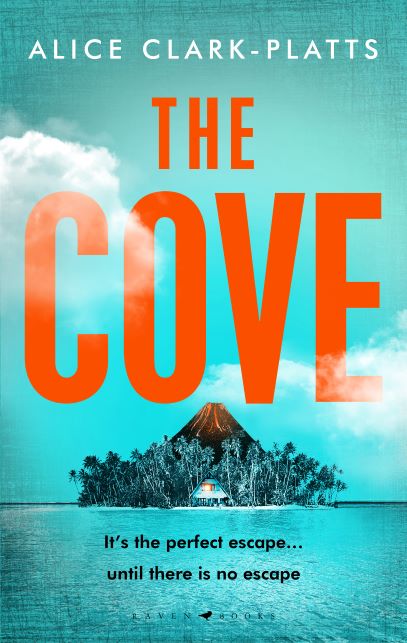Alice Clark-Platts on things to consider when it comes to selecting your novel's narrative voice, and the challenges that come with telling a story from multiple points of view.

Who will tell the story of the book?
That’s a crucial question an author must ask when they begin to craft their novel. Will the book be told in that close first or third person narrative that invites the reader into the mind and imagination of a particular character? Or will the story be told at one remove, from a perspective that sees and knows all the characters but is not one of them?
This decision might come instinctively when a fledgling idea for a story is gently pushing its way into the light. Or it might be a more considered outcome. Does the truth of what you want to say rest on the need for a reader knowing every detail of a character’s mindset as we do with Holden Caulfield in The Catcher in the Rye? Or would you rather some distance? Would you prefer a cooler perspective with a peripheral narrator like Nick Carraway in The Great Gatsby?
Either way, a writer should be sure that whoever narrates their story is from the point of view most likely to draw the reader in to the meat of the plot. Whose voice is most likely to engage the reader?
Close-person narratives are interesting when it comes to crime thrillers because they give the reader unfiltered access to the thoughts and actions of a character – whether sleuth, criminal or victim. Crime readers love the satisfaction of solving a puzzle at the same time as trying to understand why people behave as they do.
Why do humans commit crime? Why do they lose control or have terrible urges? Part of the job of a crime writer is to try and answer these questions. A close-person narrative is thus, a brilliant tool for getting us inside the minds of those who commit and are affected by crime.
But, at the same time, when a reader is stuck inside the head of one person, it unavoidably slants the narrative in terms of what they – and they alone – see and do. So, unless the narrative is deliberately unreliable, the reader is fixed in the truth of events from that one perspective. And if the action of the book takes place somewhere where that character is not, for example, the reader will only hear about those events through hearsay or reportage.
So, how does one balance the reader’s need for intimacy with the freedom to move as and when the plot dictates?
In my new book, The Cove, I solved this problem by using four close third-person narratives, each taking the point of view of the main characters: Eliza, Lou, Adam, and Noah.
The plot centres on a group of four friends who travel to an idyllic, tropical island for a long weekend getaway. They appear to be living the expat dream: monied, privileged, lucky in love and happiness. And yet, skimming beneath the surface, like the coral reefs they dive, are sharp fractures and stinging betrayals.
In the spirit of a semi locked-room-esque mystery, all the action of the book takes place on the island, its surrounding jungle, and beaches. The characters all had equal weight in the development of the plot I felt, and so I didn’t want the reader to be stuck in the head of only one person. They needed to move around the island, just as the characters do.
I also wanted the reader to be witness to the gradual reveal of the innermost secrets and lies within each character. In this way, the reader is engaged with the movement and progression of the story. They are part of each character’s evolution, a journey that will hopefully keep them gripped until the end of the book.
Writing four different narratives obviously brings its own challenges. All must match in terms of timing and plot events – even in the dropping of deliberate red herrings, which crime authors are often wont to do! And it’s sometimes hard to keep the balance right, making sure that each character has enough time in the spotlight. I am constantly surprised by the efforts of some characters to ‘take over’ a book! Writing can be a mystical experience, and some characters really take on a life of their own, desperate to make a story solely about them. We often need to be strict with our characters so that the plot can develop.
But that’s the subject of another article…
To conclude, choose your narrative point of view carefully. It should be wide enough to encompass the plot while, at the same time, close enough to draw the reader in to the intimacies of your characters.
If our eyes are the windows to our souls, as Shakespeare once wisely described, then narrators are the equivalent to the essence of our stories.
The Cove by Alice Clark-Platts is available from Bloomsbury.com now
Alice Clark-Platts is a former human rights lawyer who worked at the UN International Criminal Tribunal in connection with the Rwandan genocide and on cases involving Winnie Mandela and Snoop Dogg. She is the author of THE FLOWER GIRLS, and the police procedurals BITTER FRUITS and THE TAKEN, the latter of which was shortlisted for the Best Police Procedural in the Dead Good Reader Awards 2017. Her work was included in Deadlier: 100 of the Best Crime Stories Written by Women, selected by Sophie Hannah
Comments